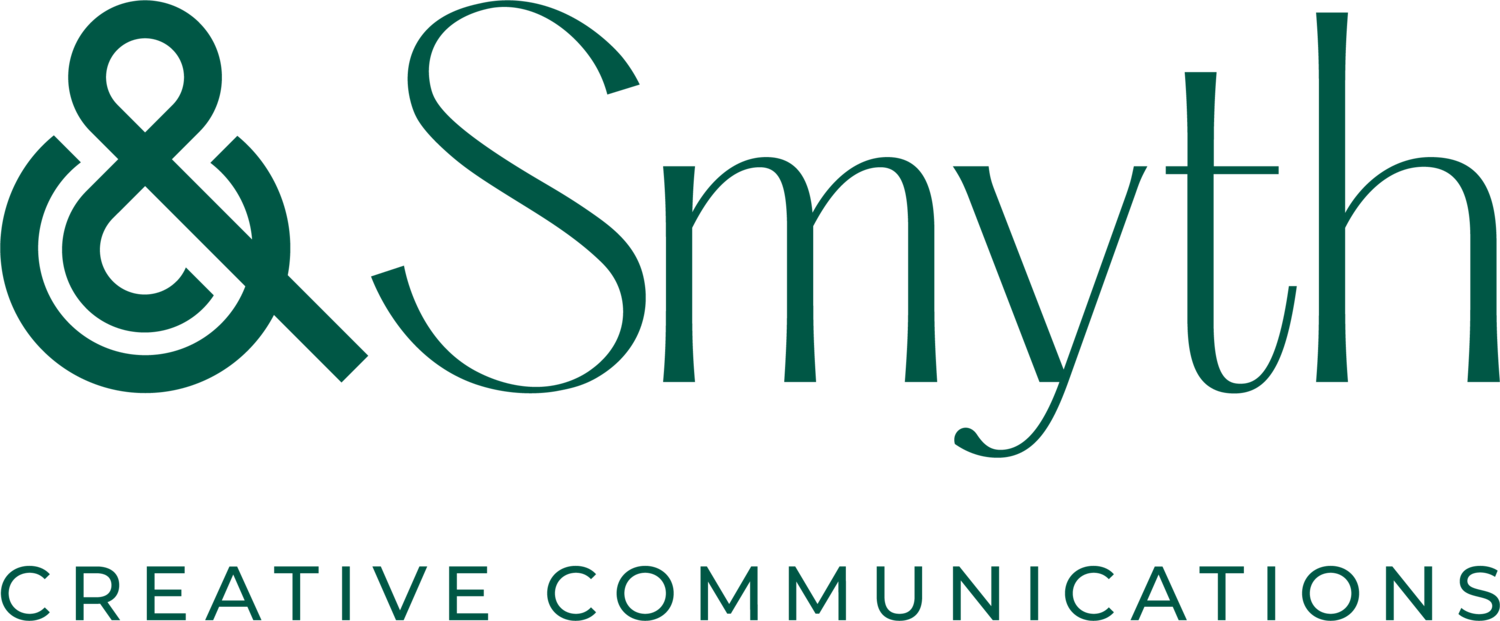Greenwashing: What’s law got to do with it?
By Katie Boyle, Account Director
Yesterday evening we attended a webinar held by Purpose Disruptors that was the third instalment of its ‘Disruptor Sessions’, where experts in the environmental industries share thoughts and advice to advertising and communications professionals about how we can best navigate the climate crisis while advising our clients.
The session’s guest was Johnny White, Lawyer in ClientEarth's Accountable Corporations team. Self-described as ‘the non-profit lawyers for the planet’ , ClientEarth is an environmental law charity with offices in London, Brussels, Warsaw, Berlin, Beijing, Madrid and Los Angeles. It aimsto help change the system by informing, implementing, and enforcing laws that tackle the most pressing environmental challenges so that its vision of ‘a future where planet and people can thrive together’ is realised.
It currently has 168 active cases around the world, and some wins to date have included halting deforestation in South America, Africa and South-East Asia through application of robust EU regulations; taking Danone to court over its global plastic pollution, and establishing supporting environmental climate and energy law school clinics in Asia, South America and Africa. It was really refreshing to hear insights from a different perspective and we left feeling optimistic, inspired and better informed!
We have distilled our key learnings from the session below, and hope that by sharing these points that we can help others to feel informed too.
Greenwashing and its legal implications
We learned that there has been a significant rise in litigation against greenwashing claims by firms, and that the actors taking these cases are no longer limited to NGOs within the environmental sphere. We discovered that there is a wide array of legal approaches that can be pursued, including consumer law, public health and human rights to name a few. While the point was made that companies who are bigger offenders and higher emitters are facing litigation at present, that all companies should be erring on the right side of the law and proactively transitioning to greener business methods now to prevent future contests. Aside from justice for affected parties (including planet Earth), the aim of such litigation is also to influence policy change and regulation to make it more difficult for businesses to remain in the status quo.
EU Consumer Law
One of the examples shared as to how greenwashing is covered by EU law, was from the European Unfair Commercial Practices Directive (Directive 2005/29/EC). It states that:
“Green claims must be truthful, not contain false information and be presented in a clear, specific, accurate and unambiguous manner, so that consumers are not mislead” based on Articles 6 and 7 UCPD on misleading actions and omissions,
“Traders must have the evidence to support their claims and be ready to provide it to competent enforcement authorities in an understandable way if the claim is challenged” based on Article 12 UCPD,
[…] claims should be based on robust, independent, verifiable, and generally recognised evidence which takes into account updated scientific findings and methods.
The session also discussed the EU Digital Services Act and how it will be used to protect citizens from misinformation and disinformation regarding the climate crisis and greenwashing claims. In addition, the EU Taxonomy classification system will guide sustainable activities through its 6-point framework. It will be used to regulate financial disclosures and reporting for larger companies and those publicly listed, and it illustrated the pressure that the legal system and organisations such as ClientEarth can enforce.
We found it really beneficial to have such detailed, plain language resources to reference and believe they will be useful to help interrogate claims that clients may have to ensure they meet the correct standard to communicate publicly, along with meeting approved regulatory standards.
6 steps to navigate the transition to greener business practices
1. Substantiate everything: This was the primary takeaway we took from the tips provided. Having written, documented substantiated evidence for any environmental claims being made by a business is a must-have. Do not proceed without this! Think of it as a part of standard crisis planning. Monitor existing law and regulations and be aware of updates to ensure best practice.
2. Beware of ‘Stranded Business Models’: We loved this term that was coined to describe businesses who will become obsolete, and stuck if a swift transition to greener practices is not forthcoming. A good nugget to remember when evaluating current business practices is that if something is high carbon, it is at high risk for potential regulation and restriction at policy-level.
3. Embrace the science: Instead of ignoring or resisting what scientific findings are demonstrating, use the available evidence to steer your business in the right direction and inform decision-making.
4. Don’t cherry-pick claims: It is no longer acceptable or wise to be selective about the environmental claims you choose to highlight or obscure. Transparency and robust substantiation is are key to communicate clearly and meaningfully with stakeholders on the journey to doing business better. This in turn builds trust with stakeholders by having authentic, honest communication.
5. Holistic action: Ultimately, any marketing communication objective should align to wider climate goals set at government-level, and thinking more on the lines of ‘sufficiency’ rather than ‘consumption’ so that the end consumer is encouraged to take an action that feels aligned with these goals rather than in opposition.
6. Redefine terminology: One of the updated definitions of Greenwashing that came through in the webinar was that it is ‘Communication which perpetuates the status quo and obstructs attainment of environmental outcomes’ which we felt encapsulated the current business environment and is a welcome catalyst for thinking about how to use language and communication most effectively. When it comes to your business, are you communicating clearly and with impact?

